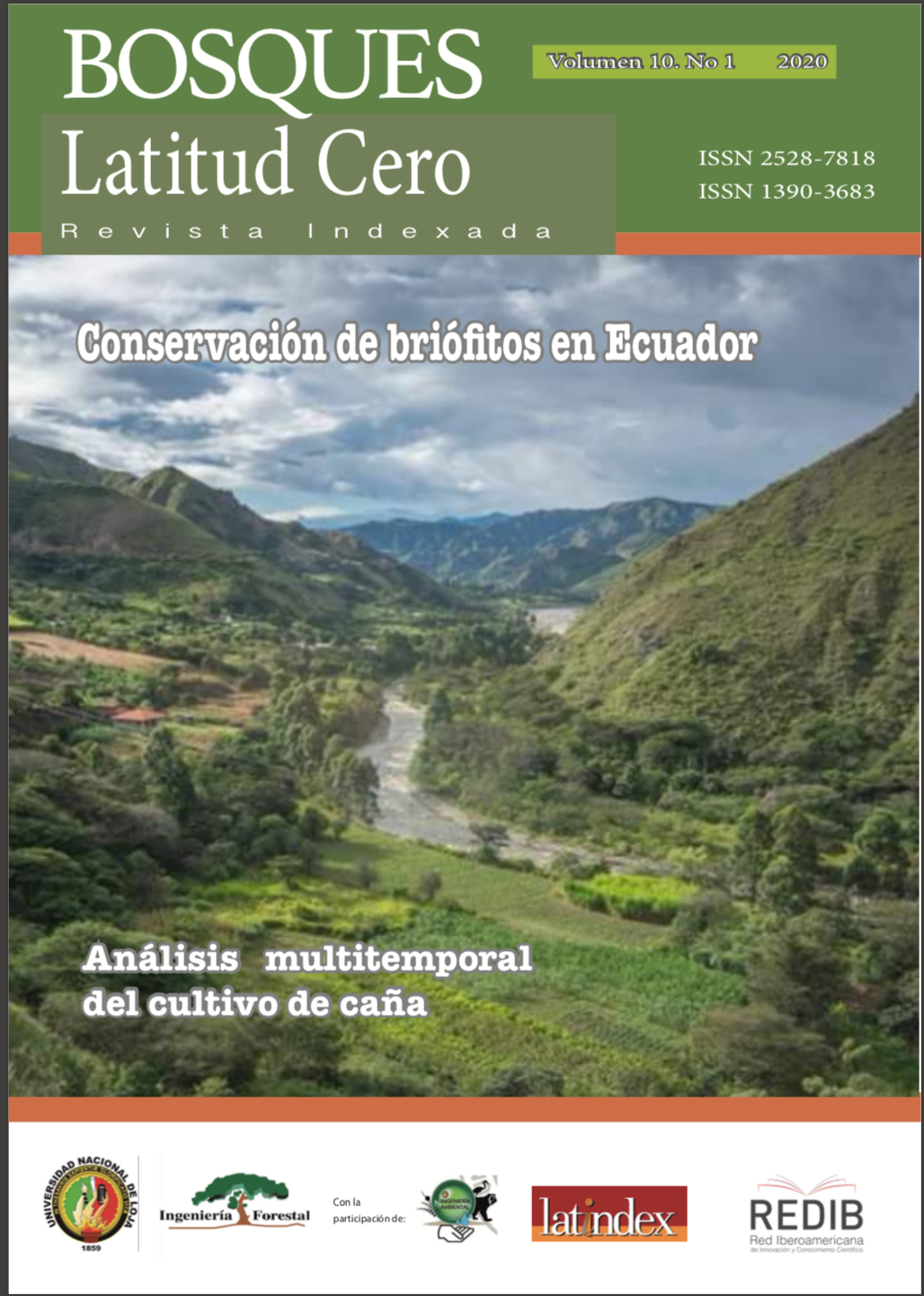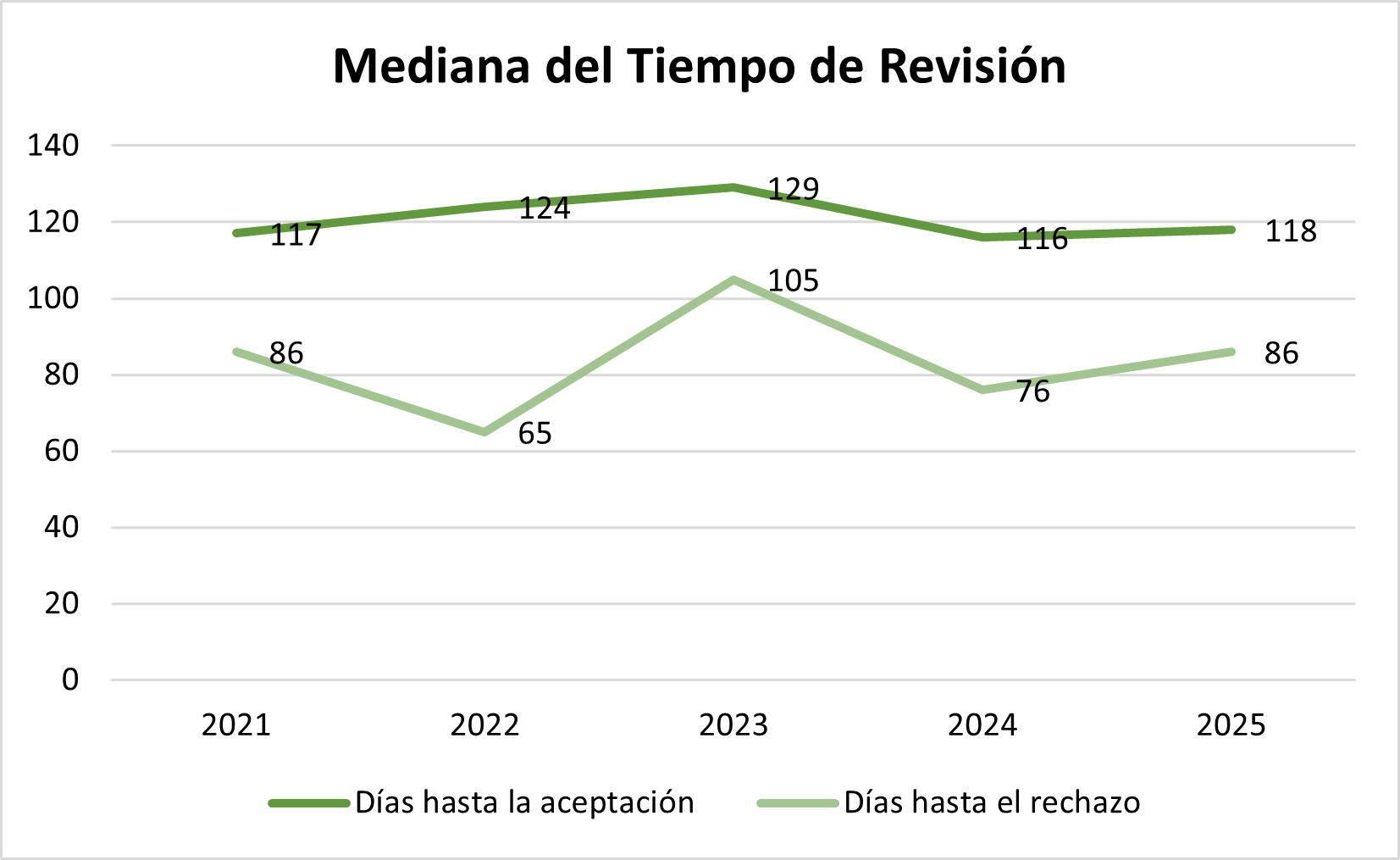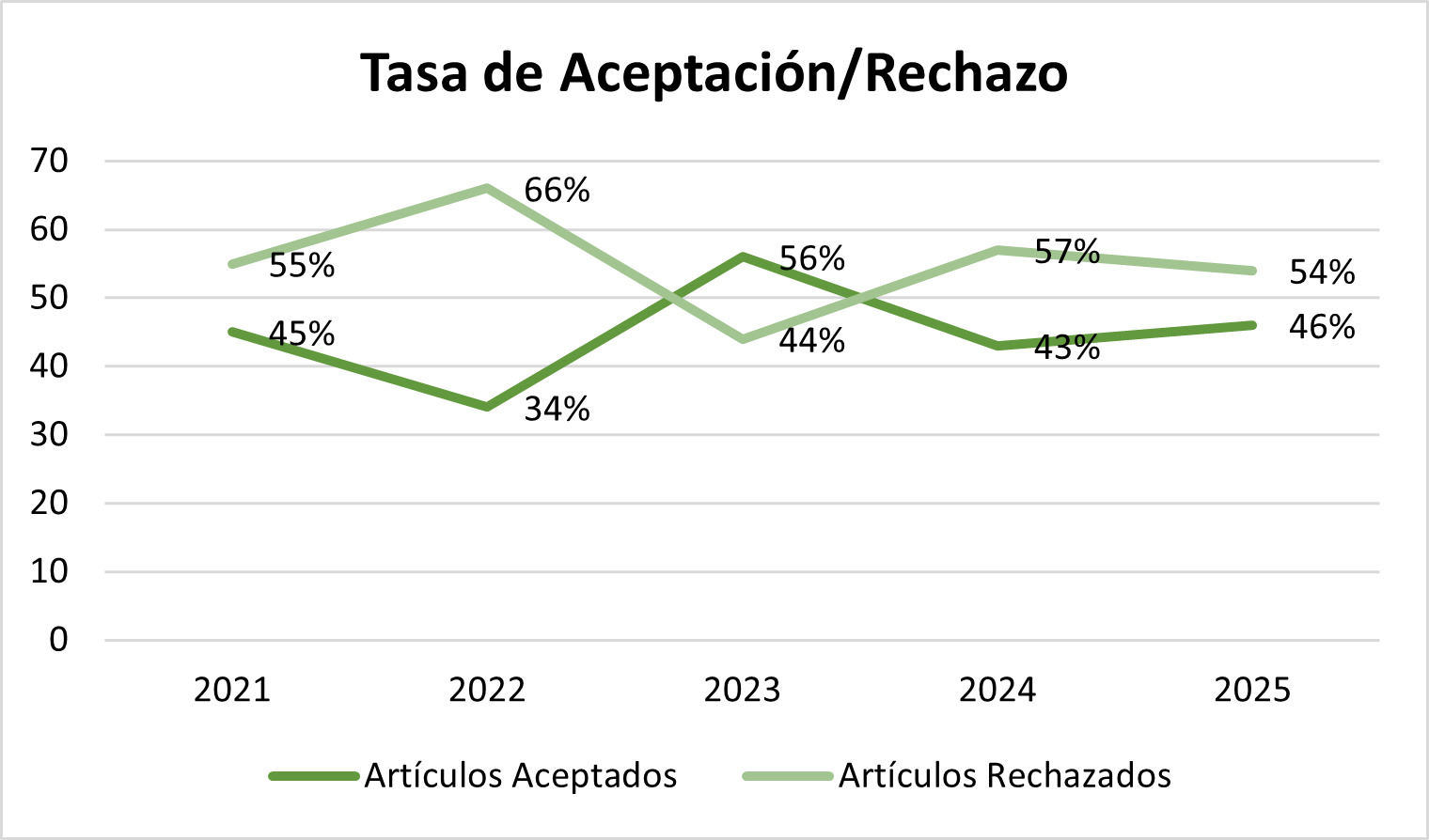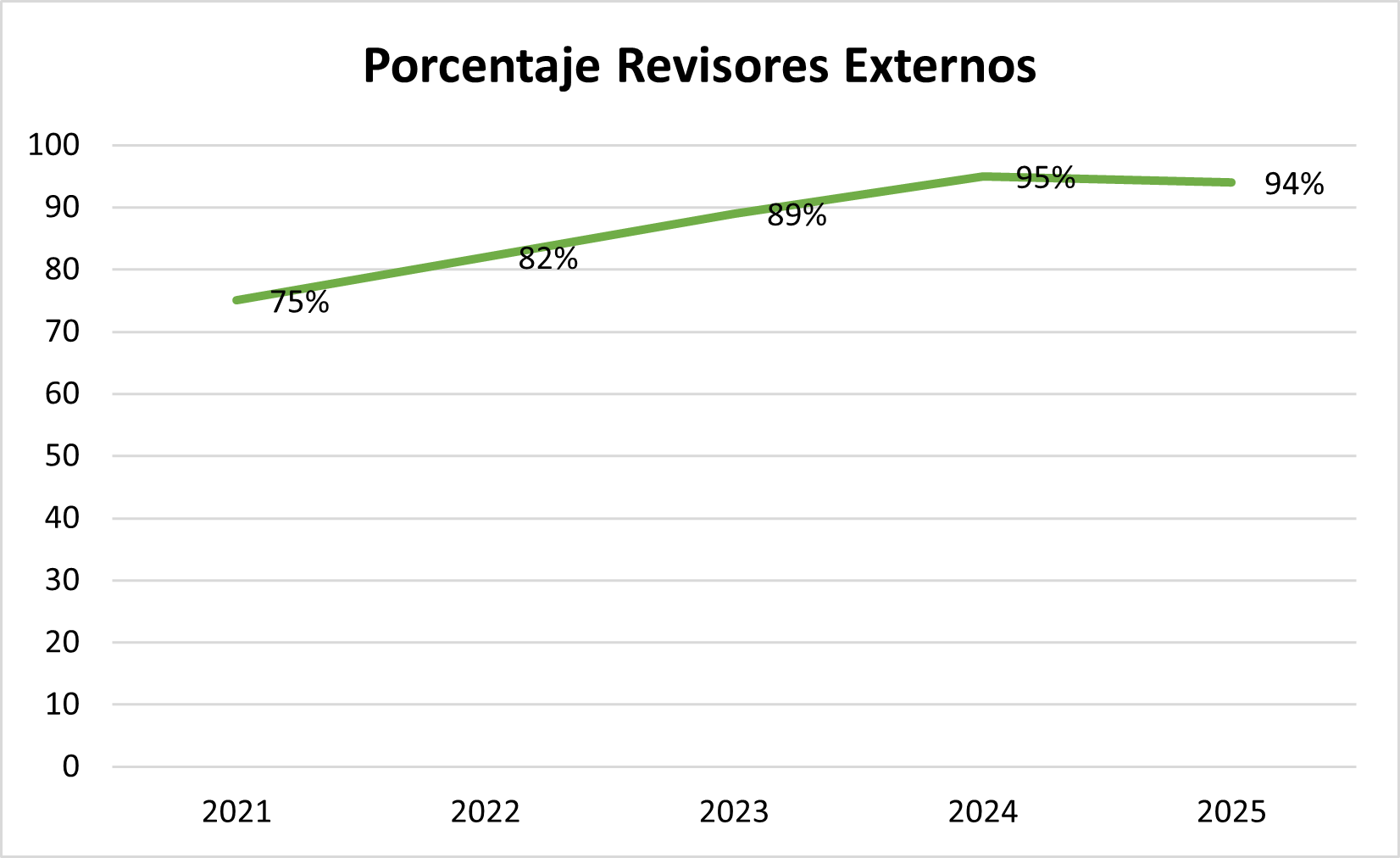Distribución potencial y áreas prioritarias para la conservación de briófitos en Ecuador
Palabras clave:
hepáticas, musgos, SNAP, SIGResumen
Los briófitos cumplen un papel clave en la diversidad, biomasa y funcionamiento de ecosistemas; sin embargo, la deforestación amenaza el estado de conservación de las especies. Los modelos de distribución potencial son una herramienta que permiten la protección y conservación de especies amenazadas. Se determinó la distribución potencial y áreas prioritarias para la conservación de seis especies de briófitos (Breutelia tomentosa (Sw. ex Brid.) A. Jaeger, Bryopteris filicina (Sw.) Nees, Lepicolea pruinosa (Taylor) Spruce, Rhacocarpus purpurascens (Brid.) Paris, Sphagnum magellanicum Brid y Syzygiella rubricaulis (Nees) Stephani) en Ecuador continental utilizando el método de máxima entropía (MaxEnt). Se determinó que las variables más influyentes en la presencia de las especies fueron la elevación y variables relacionadas con la precipitación y la temperatura. Los resultados muestran que los briófitos se encuentran potencialmente distribuidos en menos del 2,7 % del territorio ecuatoriano. El 66,7 % de las especies analizadas tienen un potencial de distribución del 6,8 % al 26 % del área dentro de las zonas de alta probabilidad del SNAP; mientras que únicamente el 33,3 % de éstas especies tienen un potencial de distribución del 41,2 % a 63,2 %.Citas
Benitez, A., Prieto, M., y Aragón G. (2015). Large trees and dense canopies: Key factors for maintaining high epiphytic diversity on trunk bases (bryophytes and lichens) in tropical montane forests. Forestry 88(5),521-527.
Číhal, L., Kaláb, O., & Plášek, V. (2017). Modeling the distribution of rare and interesting moss species of the family Orthotrichaceae (Bryophyta) in Tajikistan and Kyrgyzstan. Acta Societatis Botanicorum Poloniae, 86(2),1-15
Churchill, S., Griffin, D., y Muñoz, J. (2000). A checklist of the mosses of the tropical Andean countries. Ruizia, 17, 1-203.
Domínguez, O., Martínez, E., Zambrano, L., y GPP De León. (2006). Using ecological-niche modeling as a conservation tool for freshwater species: Livebearing fishes in central Mexico. Conservation Biology, 20, 1730-1739.
Dudley, N. (2008). Directrices para la aplicación de las categorías de gestión de áreas protegidas. Gland, Suiza: UICN. 96 pp.
Early, R., Anderson, B., y Thomas, CD. (2008). Using habitat distribution models to evaluate large-scale landscape priorities for spatially dynamic species. Journal of Applied Ecology, 45(1), 228-238.
Estébanez, B., Draper, I., Díaz de Atauri., y Medina, R. (2011). Briófitos: una aproximación a las plantas terrestres más sencillas. Memorias de la Real Sociedad Española de Historia Natural, 73 pp.
Gradstein, SR., Churchill S., y Salazar A. (2001). Guide to the Bryophytes of Tropical America. Men. New York Bot. Garden, 86, 1-577.
Guisan, A., Graham, C. H., Elith, J., y Huettmann, F. (2007). Sensitivity of predictive species distribution models to change in grain size. Diversity and Distributions, 13(3), 332- 340.
Hannah, L., Midgley, G., Andelman, S., Araújo, M., Hughes, G., et al. (2007). Protected area needs in a changing climate. Frontiers in Ecology and Environment, 5, 131-138.
Hinojosa, I., Feria, T., y Engel, M. (2009). Potential distribution of orchid bees outside their native range: The cases of Eulaema polychroma (Mocsáry) and Euglossa viridissima Friese in the USA (Hymenoptera: Apidae). Diversity and Distributions, 15, 421- 428.
Mateo, R., G, Felicisimo, Á., y Muños, J. (2011). Modelos de distribución de especies: Una revisión sintética. Revista chilena de historia natural, 84(2), 217-240.
Mateo, R. G., Vanderpoorten, A., Muñoz, J., Laenen, B., & Désamoré, A. (2013). Modeling species distributions from heterogeneous data for the biogeographic regionalization of the European bryophyte flora. Plos One, 8(2), e55648.
Margules, C., y Pressey, R. (2000). Systematic conservation planning. Nature, 405, 243- 252.
Nöske, N., Gradstein, R., Kürschner, H., Parolly, G., y Torracchi, S. (2003). Cryptogams of the Reserva Biológica San Francisco (Province Zamora-Chinchipe, Southern Ecuador). I. Cryptogamie, Bryologie, 24, 15-32.
León-Yánez, S., Gradstein, R., y Wegner, C. (2006). Hepáticas (Marchantiophyta) y Antoceros (Anthocerotophyta) del Ecuador, catálogo. Publicaciones del Herbario QCA, Pontificia Universidad Católica del Ecuador, Quito.
León-Yánez, S., R. Valencia, N., Pitman, L., Endara, C., Ulloa Ulloa y H. Navarrete. (2011). Libro rojo de las plantas endémicas del Ecuador, 2ª edición. Publicaciones del Herbario QCA, Pontificia Universidad Católica del Ecuador, Quito.
León-Yánez, S., Gradstein, S.R., Castillo, J., Moscoso-Estrella, A y Navarrete, H. (2013). Guía de Briófitos comunes de los Andes de Quito. Publicaciones del Herbario QCA, Pontificia Universidad del Ecuador, Quito.
Linares, E., y Uribe, J. (2002). Libro rojo de briófitas de Colombia. Libros Rojos de Especies Amenazadas de Colombia. Bogotá, Colombia.
Ortega-Huerta, M., y Peterson, A. (2004). Modelling spatial patterns of biodiversity for conservation prioritization in North-eastern Mexico. Diversity and Distributions, 10, 39-54.
Parolly, G., Kürschner, H., Schäfer-Verwimp, A., y Gradstein, R. (2004). Cryptogams of the Reserva Biológica San Francisco (Province Zamora-Chinchipe, Southern Ecuador). III. Bryophytes: Additions and new species. Cryptogamie, Bryologie, 25, 271-289.
Parviainen, M., Luoto, M., Ryttäri, T., y Heikkinen, R. (2008). Modelling the occurrence of threatened plant species in taiga landscapes: Methodological and ecological perspectives. Journal of Biogeography, 35, 1888-1905.
Parviainen, M., Marmion, M., Luoto, M., Thuiller, W., y Heikkinen, R. (2009). Using summed individual species models and state-ofthe-art modelling techniques to identify threatened plant species hotspots. Biological Conservation, 142, 2501-2509.
Phillips, S.J., Anderson, R.P. y Schapire, R.E. (2006). Maximum entropy modeling of species geographic distributions. Ecological Modelling, 190, 231-259.
Poncet, R., Hugonnot, V., & Vergne, T. (2015). Modelling the distribution of the epiphytic moss Orthotrichum rogeri to assess target areas for protected status. Cryptogamie, Bryologie, 36(1), 3-18.
Raes, N., Roos, M., Slik, J., Loon, E., y Steege. H. (2009). Botanical richness and endemicity patterns of Borneo derived from species distribution models. Ecography, 32, 180-192.
Safavi, M., y Shirzadian, S. (2011). Modelling bryophytes distribution pattern using environmental parameters of Iran in Geographical Information Systems (GIS): a case study of three genera Tortula, Grimmia and Bryum (Bryophyta). Rostaniha, 12 (2): 135–151.
Sergio, C., Figueira, R., Draper, D., Menezes, R., y Sousa, A. (2006). Modelling bryophyte distribution based on ecological information for extent of occurrence assessment. Biological conservation, 35,341-351
Williams, J., Seo, C., Thorne, J., Nelson, J., Erwin, S., et al. (2009). Using species distribution models to predict new occurrences for rare plants. Diversity and Distributions, 15, 565-576.
Wohlgemuth, T., Nobis, M., Kienast, F., y Plattner, M. (2008). Modelling vascular plant diversity at the landscape scale using systematic samples. Journal of Biogeography, 35, 1226-1240.
Yu, J., Ma, Y., y Guo, S. (2013). Modeling the geographic distribution of the epiphytic moss Macromitrium japonicum in China. Annales Botanici Fennici, 50, 35-42
Zaniewski, A., Lehmann, A., y Overton, J. (2002). Predicting species spatial distributions using presence-only data: A case study of native New Zealand ferns. Ecological Modelling, 157, 261-2.
Descargas
Publicado
Cómo citar
Número
Sección
Licencia
Esta obra se publica bajo la licencia Creative Commons Atribución-NoComercial-CompartirIgual 4.0 Internacional (CC BY-NC-SA 4.0). Esto significa que los usuarios pueden copiar, distribuir y adaptar el contenido, siempre que se otorgue el crédito adecuado a los autores y a la revista. No se permite el uso comercial del material. Además, cualquier obra derivada debe distribuirse bajo la misma licencia. Esta licencia garantiza el acceso abierto al conocimiento, promoviendo la difusión y reutilización de los trabajos publicados sin fines de lucro, respetando la autoría y asegurando la libre circulación del contenido en términos equitativos.
































